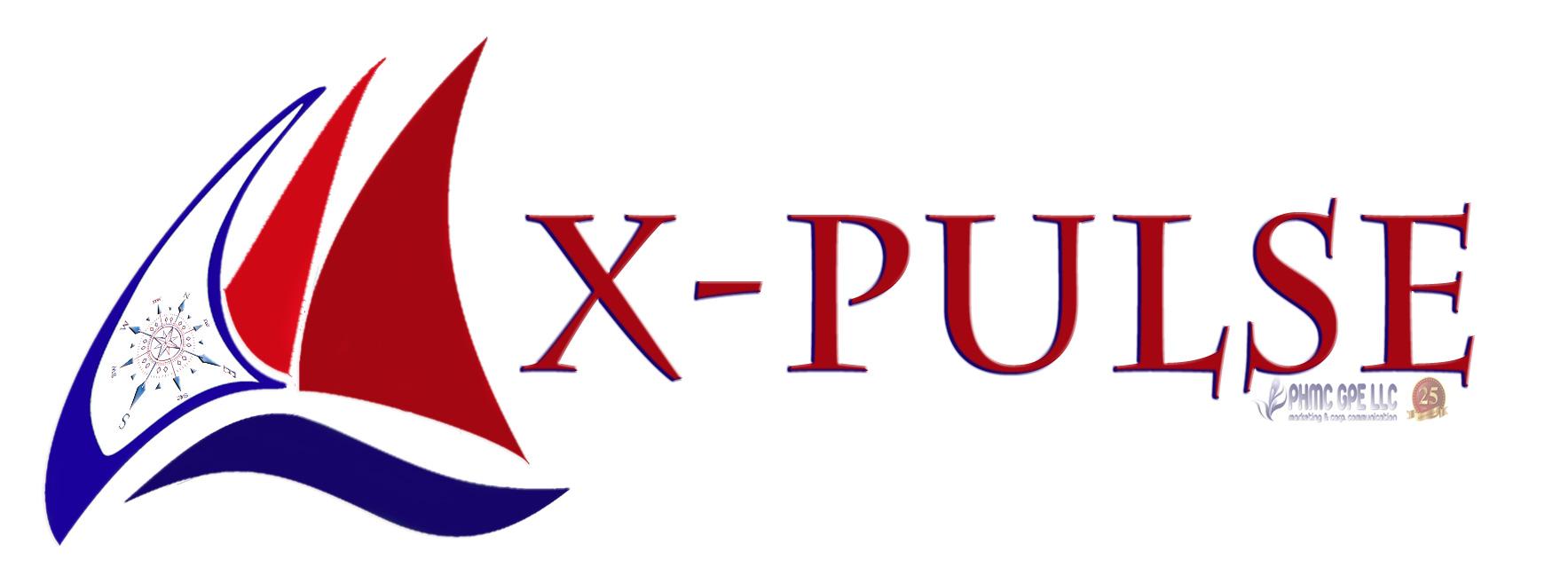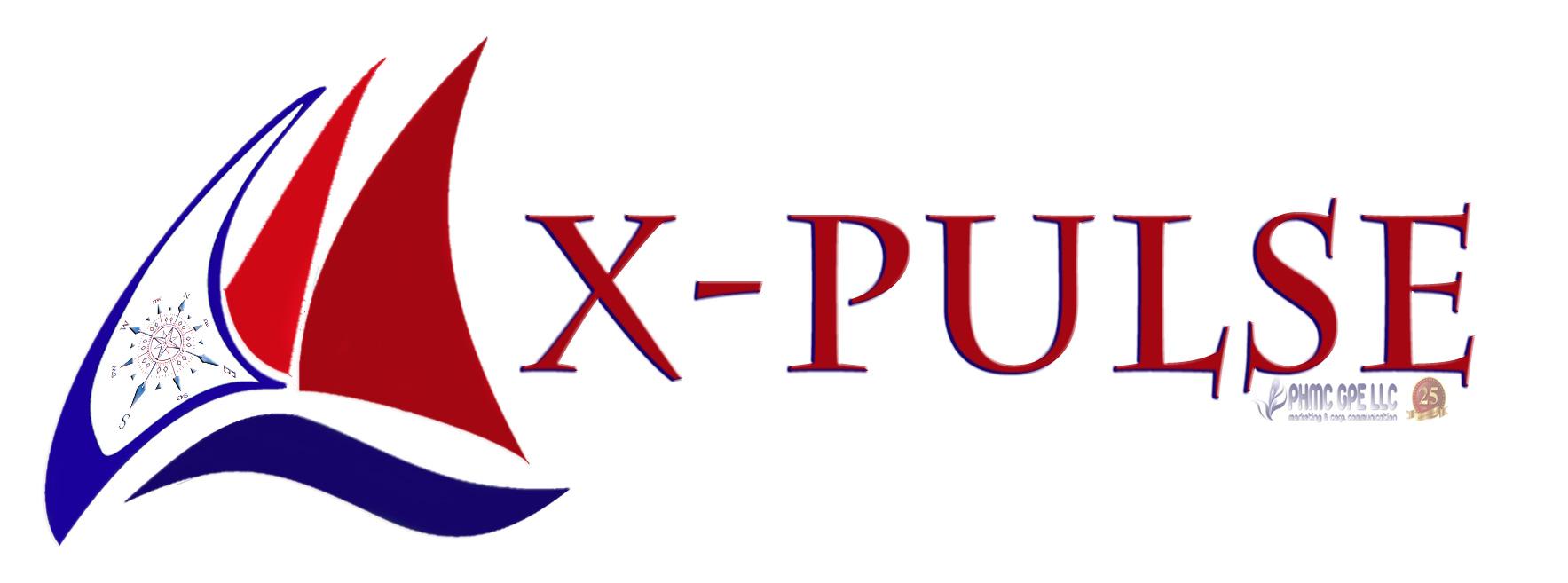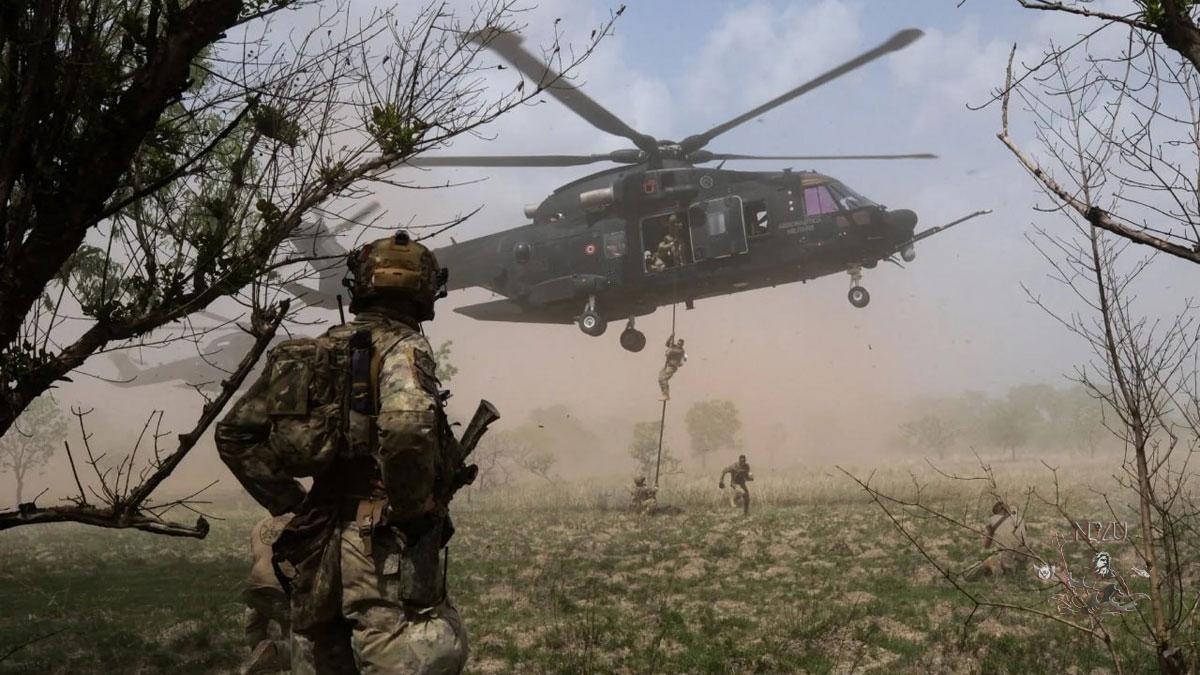The United States Africa Command (AFRICOM) has drafted plans for an intervention in #Nigeria, the primary target being #ISWAP and, to a lesser extent, other Islamist groups such as JAS and decentralized bandit groups. Plans are divided into light, medium, and heavy options.
The light option is to continue to rely on the Nigerian army while providing additional military and financial support to help the government neutralize the threats.
The medium option would include drone strikes and joint operations with the Nigerian army against terrorist camps and positions. This, however, would be difficult because the US lost access to airbases in Niamey and Agadez in Niger. Other regional countries might permit use of their territory, but that is unlikely; the most feasible alternative would be to operate from the AFRICOM base in Djibouti.
The heavy option, and the least likely, would be to move an aircraft-carrier strike group into the Gulf of Guinea so fighter jets could carry out high-impact airstrikes against militant camps. That is constrained by carrier availability: the Gerald R. Ford is being moved to the southern Caribbean, other carriers are deployed in the Pacific or the Middle East, and some are undergoing maintenance.
The light option is to continue to rely on the Nigerian army while providing additional military and financial support to help the government neutralize the threats.
The medium option would include drone strikes and joint operations with the Nigerian army against terrorist camps and positions. This, however, would be difficult because the US lost access to airbases in Niamey and Agadez in Niger. Other regional countries might permit use of their territory, but that is unlikely; the most feasible alternative would be to operate from the AFRICOM base in Djibouti.
The heavy option, and the least likely, would be to move an aircraft-carrier strike group into the Gulf of Guinea so fighter jets could carry out high-impact airstrikes against militant camps. That is constrained by carrier availability: the Gerald R. Ford is being moved to the southern Caribbean, other carriers are deployed in the Pacific or the Middle East, and some are undergoing maintenance.
The United States Africa Command (AFRICOM) has drafted plans for an intervention in #Nigeria, the primary target being #ISWAP and, to a lesser extent, other Islamist groups such as JAS and decentralized bandit groups. Plans are divided into light, medium, and heavy options.
The light option is to continue to rely on the Nigerian army while providing additional military and financial support to help the government neutralize the threats.
The medium option would include drone strikes and joint operations with the Nigerian army against terrorist camps and positions. This, however, would be difficult because the US lost access to airbases in Niamey and Agadez in Niger. Other regional countries might permit use of their territory, but that is unlikely; the most feasible alternative would be to operate from the AFRICOM base in Djibouti.
The heavy option, and the least likely, would be to move an aircraft-carrier strike group into the Gulf of Guinea so fighter jets could carry out high-impact airstrikes against militant camps. That is constrained by carrier availability: the Gerald R. Ford is being moved to the southern Caribbean, other carriers are deployed in the Pacific or the Middle East, and some are undergoing maintenance.






